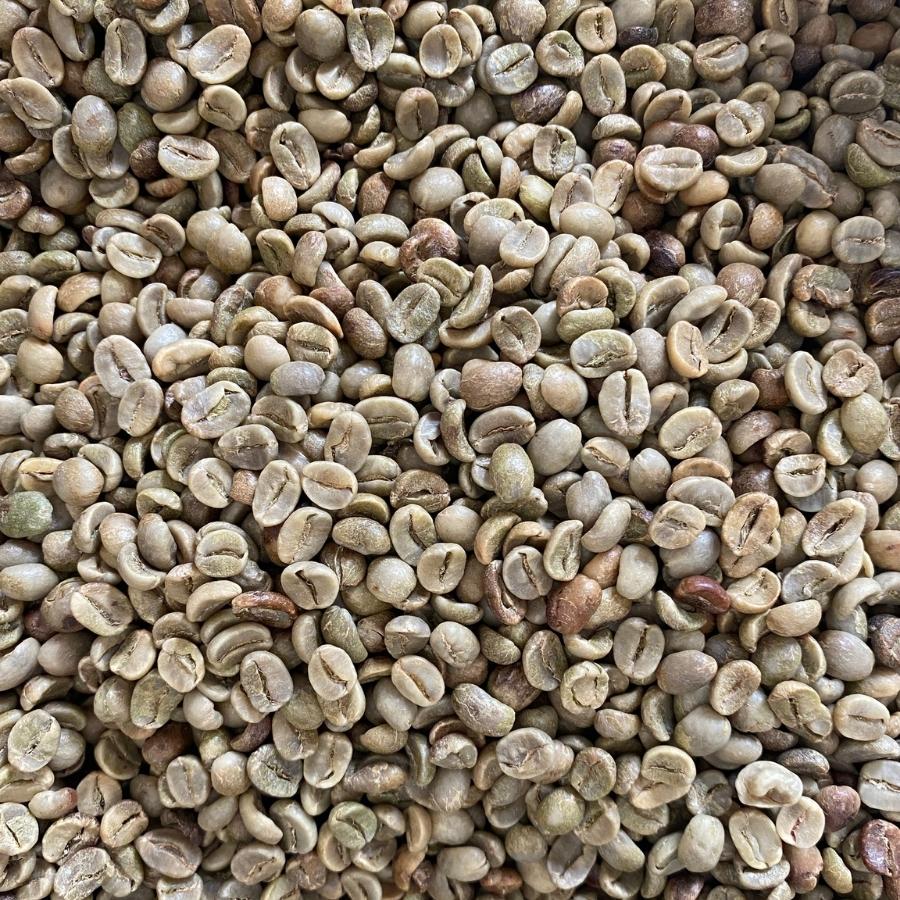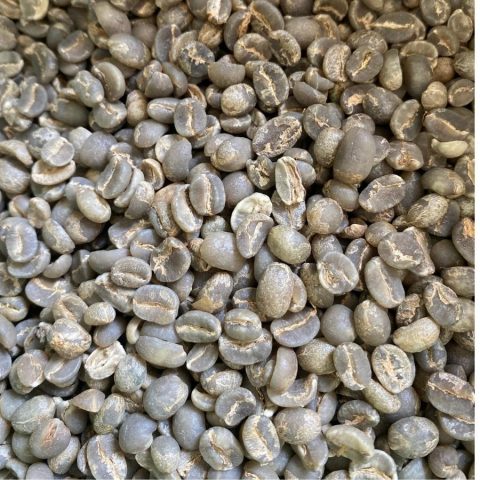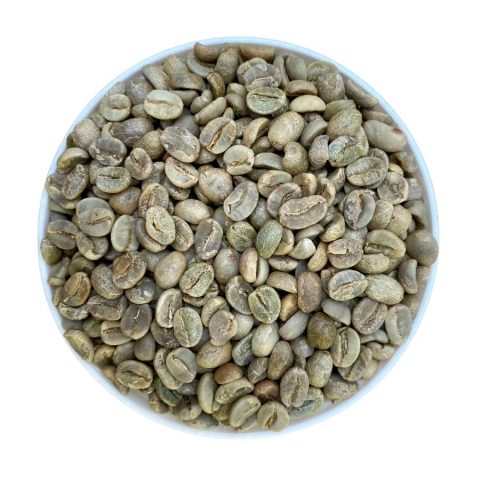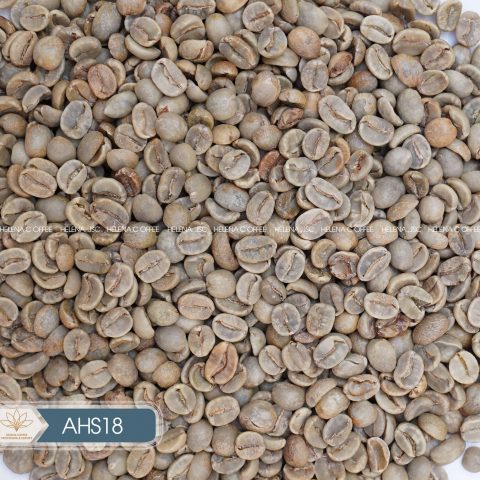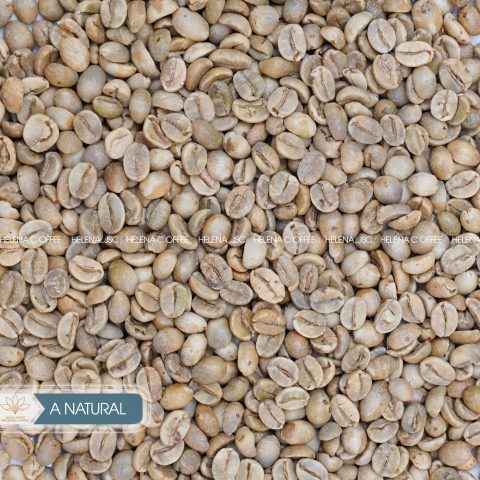Arabica Coffee Fully Washed Grade 2 – Commercial Arabica Coffee
- Home
- Products
- Vietnamese Arabica Green Coffee Beans
- Arabica Coffee Fully Washed Grade 2 – Commercial Arabica Coffee
Arabica Coffee Fully Washed Grade 2 – Commercial Arabica Coffee
$5.60 $4.70
- Variety: Arabica
- Region: Various Origin Mixed from Lam Dong
- Elevation: >1150m
- Processing: Fully-Washed
- Ripe Rate: 90-92%
- Moisture: 12.5%
- Foreign Matter: 1%
- Black: 1%
- Broken: 2%
- Rate on Sieve: 90%
- Bean size (Sieve): S18, S16
- Capacity: 6000 tons/year
- Price per kilogram: $/kg
Related products



Arabica Coffee Fully Washed Grade 2 – Commercial Arabica Coffee: Wet processing is the coffee processing process commonly used for low-acid coffee varieties.
This process includes stages: rubbing the coffee cherries to separate the skin, soaking and fermenting the mucilage to be removed from the beans, and finally drying to obtain parchment coffee. This method is very popular in countries in Central and South America, and East Africa.
1. Learn about the wet processing method of Arabica coffee – Grade 2
Different from the dry coffee processing process, which is to dry or dry the coffee berries and then crush them to get the coffee bean. The wet processing method requires more complex stages and more modern machinery and is usually only applied to high-quality Arabica coffee.
Robusta coffee will not normally be subjected to wet processing because the coffee beans are acidic. When combining Robusta coffee with the wet processing method, it will leave a very strong sour taste, causing sensory discomfort.
Instead, the higher quality Typica and Bourbon varieties will apply this wet processing method to help preserve the maximum amount of acid in the beans and the characteristic acidity that is loved by coffee connoisseurs.
2 – Arabica Coffee processing process by wet processing method
2.1 – Classification of Arabica Coffee
Arabica Coffee on the tree is often not ripened evenly, so before being put into the production process, it is necessary to select and classify the best Arabica Coffee berries and remove diseased and damaged ones.
The harvested Arabica Coffee will be brought to the processing point and immediately soaked in a full water tank for grading again. The dried, damaged ripe fruit will become light and float to the surface.
Meanwhile, the ripe and ripe berries will sink into the water. In addition, branches, leaves, and impurities clinging to coffee berries will also be removed.
2️.2 – Remove the Arabica Coffee pods
The skin of the Arabica Coffee fruit contains the main ingredient cellulose, which is very thick, making it difficult for microorganisms to decompose in natural conditions. Therefore, before being put into the fermentation process, the coffee needs to be peeled.
This stage is considered to be the most important stage in the whole process of wet processing. The process of separating the Arabica Coffee beans needs to be handled quickly to avoid the occurrence of strange flavors in the coffee beans if left for a long time in the natural environment.
2.3 – Fermentation removes mucus
The taste of the Arabica Coffee will be directly affected during this processing, so the processor needs to be very careful. After separating the pods, the coffee needs to be soaked and brewed right in the water tank to carry out the fermentation process.
The amount of water used for wet processing can vary but will usually be a 1:1 ratio.
In some areas where water is scarce, fermentation can take place naturally without incubation in a water tank. This method is also known as semi-wet processing or honey processing (this method will be explored in the following article of D’codeS).
2.4 – Fermentation
The time it takes to ferment Arabica Coffee will depend on many factors such as altitude and ambient temperature. Arabica Coffee will ferment quickly as the temperature rises. However, attention should be paid to the time during this period so as not to affect the quality of the coffee.
To test whether Arabica Coffee is properly fermented, some manufacturers have used manual methods such as using the method of rolling coffee beans between two fingers. If the grain surface is smooth, smooth, has friction, and produces a hissing sound, the process is completed. Another way to test it is to stick a long plant in the fermenter.
If the plant is upright because it is supported by water containing a lot of pectins, which are created during fermentation, this stage is complete.
2.5 – Wash and dry the Arabica Coffee beans Grade 2
After the Arabica Coffee is successfully fermented, the coffee will be washed to remove impurities from the beans. The coffee beans are then dried in the sun. When drying, it is also necessary to regularly stir the seeds to avoid the situation that the seeds are dried and the seeds are damp and moldy.
In addition, the grain dryer can be used in conditions of lack of sunlight or high humidity. However, the quality of sun-dried Arabica Coffee beans will be much better.
Certifications



Discover the Alluring Aromas of Vietnamese Arabica Coffee
Vietnamese Arabica coffee captivates the senses with its exquisite flavors, hailing from the enchanting highlands of Cau Dat – Da Lat. As the country’s hidden gem, this exceptional bean boasts a unique and refined taste profile that sets it apart from its more widely-known counterpart, Robusta.
The cool climate and fertile soil of Cau Dat – Da Lat nurture these Arabica beans to perfection, allowing them to develop their full aromatic potential. As you indulge in the rich and complex notes of Vietnamese Arabica, you’ll uncover a delightful world of flavors that embody the dedication and passion of its growers.
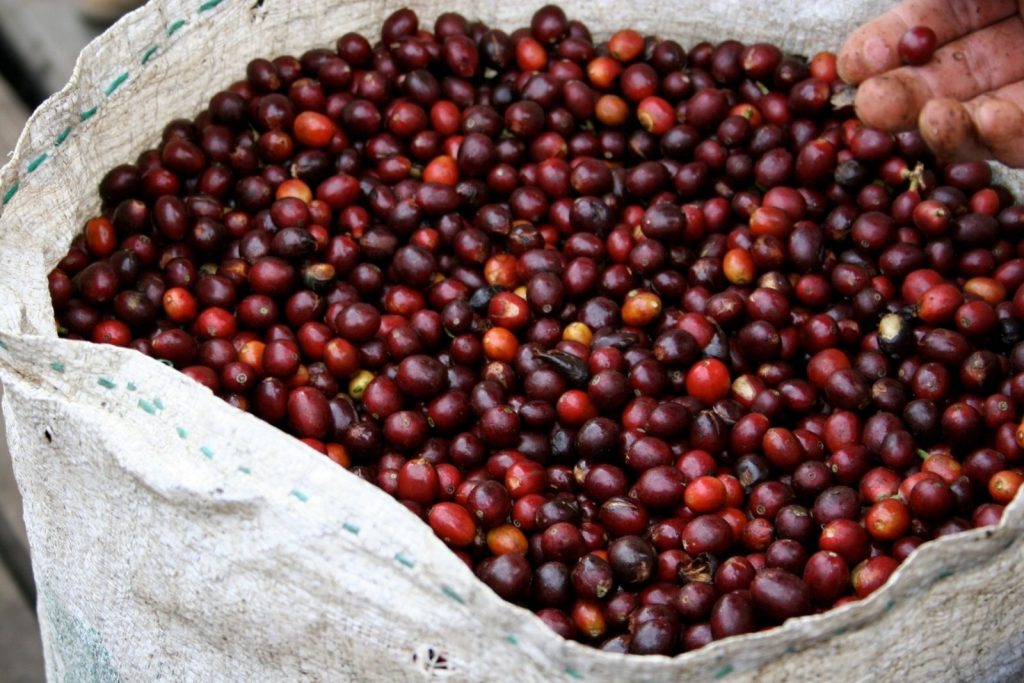
Environment
Precipitation, temperature, and humidity have a lot of say in a coffee’s maturation, overall flavor, and quality. Many coffee-producing countries are either primed for growing success or use alternative methods to improve their ecosystem.
Precipitation
1500m+
Temperature
17℃
Humidity
71%
Attitude
Elevated at over 1500 meters above sea level, the captivating Cau Dat – Da Lat region features a consistent temperate climate, with maximum temperatures never surpassing 33°C and minimums remaining above 5°C. The area’s fertile basaltic soil presents the optimal conditions for cultivating premium Arabica coffee.
Cau Dat’s distinguished Arabica exhibits a sophisticated blend of mild acidity and a hint of bitterness. Its transparent amber hue embodies the pristine environment from which it originates. The refined aroma harmonizes notes of syrup, fresh fruits, honey, toasted bread, and sunlit afternoons, creating a memorable sensory experience that captivates even the most discerning coffee aficionados.
Cau Dat’s Arabica confidently stands among the world’s elite coffee varieties, showcasing its unparalleled quality and the extraordinary potential of Vietnamese coffee.
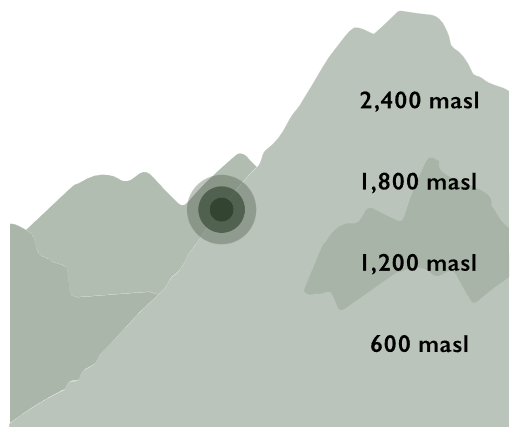
Processing
A coffee’s process describes how the seed (aka the coffee bean) is separated from the coffee cherry. Popular methods include washed, dry, and honey, but there are many other processes that put special emphasis on different aspects of these methods.
Washed
Fully Washed
Dried
Sun-dried
Natural
Fully Washed
Timeline
Harvest and export times are based off when a particular coffee will be at its peak quality. Cherries picked at the start of the harvest season tend to be underdeveloped, and those picked at the end are often overdeveloped, so producers aim for that sweet
Harvest
Export
Dec – Sept
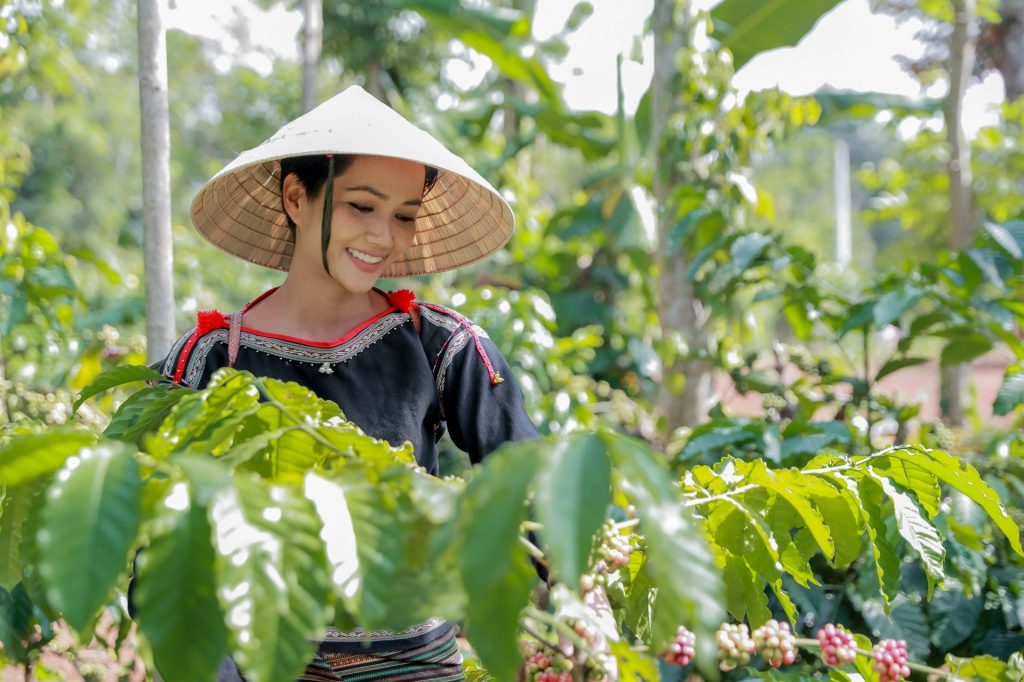
Cau Dat - Da Lat
Nestled just 24km from Da Lat city in Lam Dong Province, Cau Dat resides within the renowned Central Highlands of Vietnam. Boasting an ideal elevation and climate, this region has emerged as one of the premier locations for growing exceptional Arabica coffee.
With a vast expanse of 1,110 hectares dedicated to coffee cultivation—86% of the agricultural area—Cau Dat focuses predominantly on Arabica coffee, which makes up 98% of the total coffee crop. Remarkably suited to the local natural conditions, Cau Dat’s coffee plants thrive with minimal impact from pests. Each hectare yields an impressive 18-20 tons of fresh coffee cherries, equivalent to 4 tons of coffee beans, outpacing productivity in many other regions.
Discover the magic of Cau Dat’s Arabica coffee, where the perfect blend of elevation, climate, and dedication to quality come together to create a truly remarkable and unforgettable coffee experience.
Cau Dat has a total area of 1,110 hectares of coffee growing, accounting for 86% of the agricultural area. Especially, the area for Arabica coffee accounts for 98% of the total. Cau Dat coffee species generally really suit the natural conditions of this land and barely get affected by pests. Each hectare of the cultivated area can provide 18-20 tons of fresh coffee berries, equivalent to 4 tons of coffee beans. The productivity is much higher than other types.
